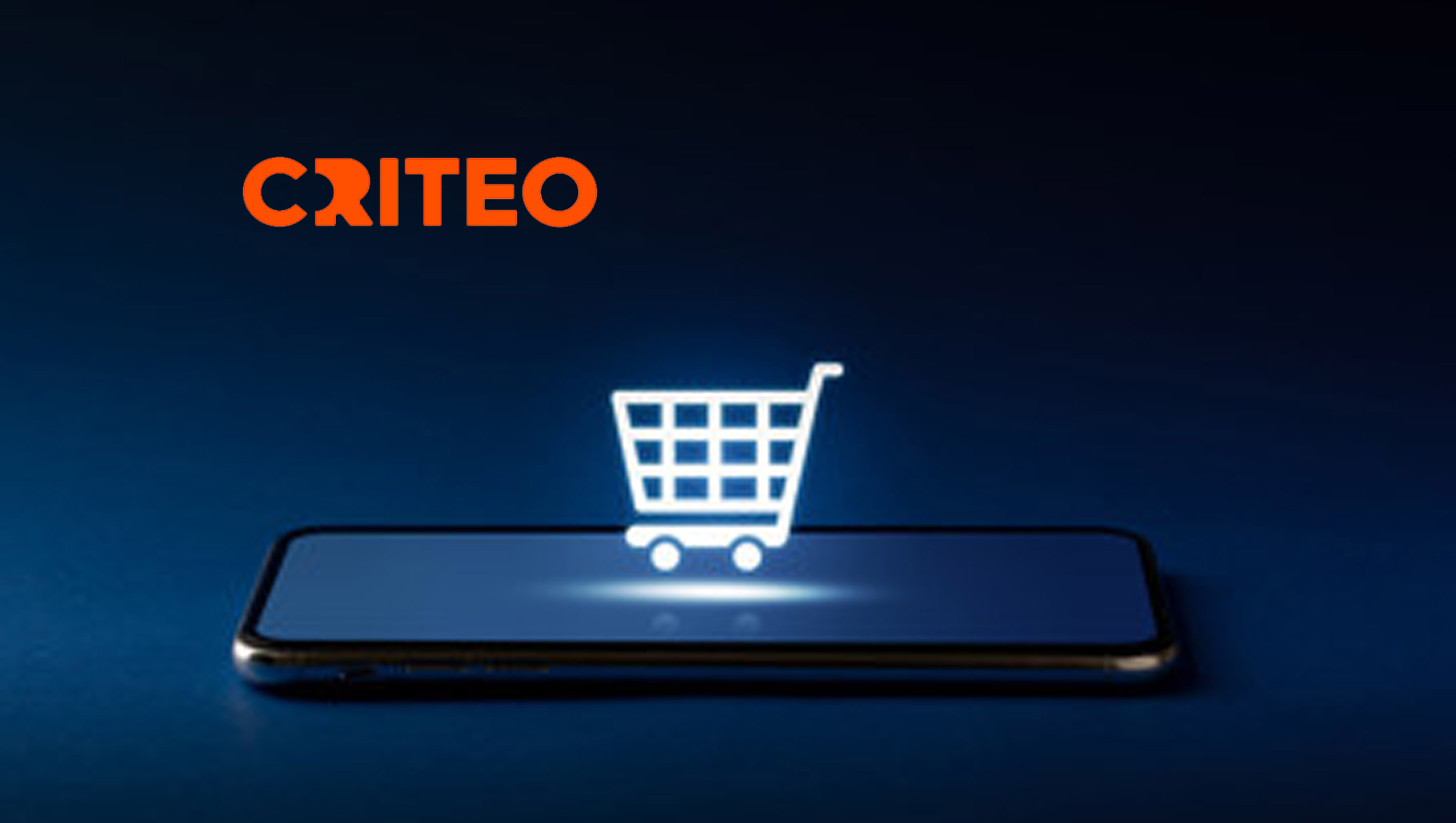New whitepaper from LG Ad Solutions addresses the benefits of having a Smart TV OEM strategy
LG Ad Solutions, a global leader in connected TV (CTV) and cross-screen advertising, has released a “Direct-to-Glass Playbook” to advance industry understanding of ad-supported CTV and the benefits of having a Smart TV OEM strategy.
The playbook explores the role of the Smart TV OEM in the streaming ecosystem, accuracy of data sets, fragmented consumer attention, and the benefits of a Direct-to-Glass strategy to maximize TV and CTV investment.
“In recent years, there has been an unprecedented shift toward streaming content consumption – and as the popularity of smart TVs increases, consumers can more easily access a vast selection of premium video content via remarkable viewing experiences from the comfort of their home,” said Tony Marlow, CMO of LG Ad Solutions. “And while this presents a massive opportunity for publishers and brands, it also poses a challenge in determining the best course of action and optimizing results, making a holistic view of television consumption vital. By recognizing that an effective media plan requires a mix of inventory and measurement partners, the ability to work with partners like LG Ad Solutions who can integrate all elements and facilitate a smooth and efficient connection between consumers and brands is essential.”
Marketing Technology News: MarTech Interview with Nancy Coleman, SVP of Corporate Communications at DigitalOcean
“In recent years, there has been an unprecedented shift toward streaming content consumption – and as the popularity of smart TVs increases, consumers can more easily access a vast selection of premium video content via remarkable viewing experiences from the comfort of their home”
Key takeaways include:
- Smart TVs are the central device of the household: Smart TVs have continued to become more affordable and accessible, resulting in 77% of US TV households owning a Smart TV. Viewers are able to enjoy their favorite streaming apps on the biggest screen in the house without the use of auxiliary devices.
- Automatic Content Recognition (ACR) is a more comprehensive method of measurement: ACR uses AI technology to provide a more representative sample of the entire TV viewing audience. This advanced data brings clarity around the fragmented TV landscape across linear, streaming, and gaming.
- Consumers are shifting their viewership to ad-supported streaming: With so many sources of TV to choose from, consumers are turning to ad-supported services to access their favorite content at no cost. This represents a great opportunity to reach audiences with relevant and engaging advertising.
- Brands can reach audiences more efficiently with a Direct-to-Glass strategy: Partnering with a Smart TV OEM on a Direct-to-Glass strategy offer brands a way to reach TV audiences at scale with consolidated inventory. Visibility into viewership allows brands to manage frequency across platforms and find hard-to-reach audiences such as cord-cutters, SVOD users, and gamers.
- A Direct-to-Glass strategy can be integrated into a brand’s current planning process: Regardless of how a brand currently reaches TV audiences (linear, direct app partnerships, or programmatic), a Direct-to-Glass strategy can be used to augment campaign results and uncover opportunities to increase campaign efficiency.
Marketing Technology News: Battling App Sprawl: Tips for Streamlining Your Martech Stack











